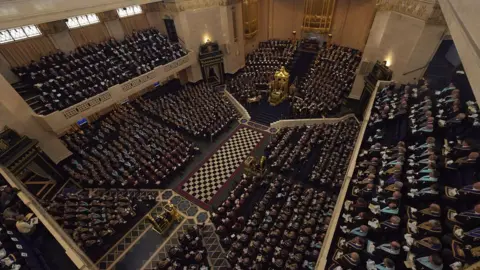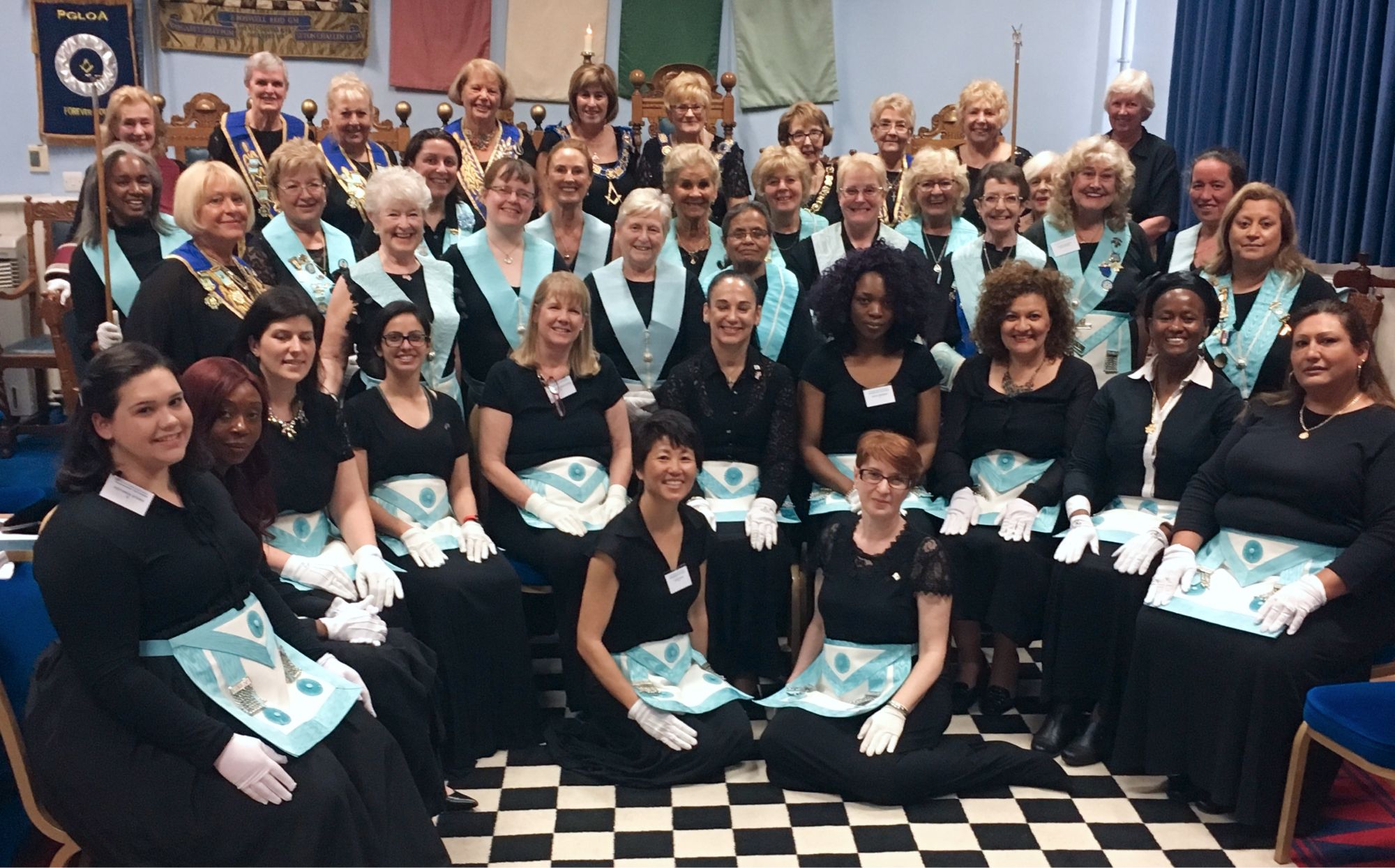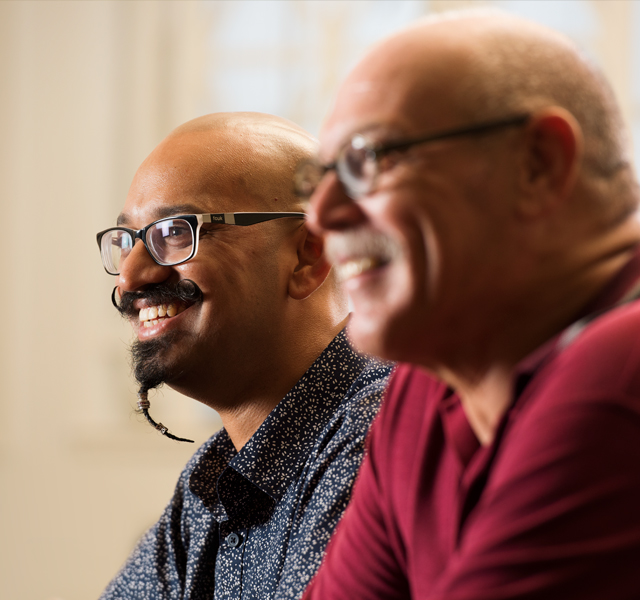Comprehensive Guide on How to Become a Freemason for Beginners
Wiki Article
Exploring the Mysteries of the copyright: What You Need to Know
The copyright, a term often shrouded in intrigue and debate, represents a complicated tapestry of historical truth and modern-day misconception. Developed in the late 18th century, this secret culture was at first rooted in the Knowledge's ideals but has since come to be associated with conspiracy theory concepts concerning elite control. As we browse the beginnings, essential figures, and the plain comparison in between misconception and truth, one need to consider exactly how these stories influence contemporary understandings of power and privacy. What could be exposed through a more detailed examination of these elements can test long-held presumptions concerning the shadows that linger in our culture.Origins of the copyright
The beginnings of the copyright are soaked in a mix of historical intrigue and ideological fervor. Established in 1776 in Ingolstadt, Bavaria, by Adam Weishaupt, the group was at first created as a secret society intended at promoting Knowledge perfects such as reason, secularism, and the separation of church and state. join freemason. Weishaupt, a professor of canon legislation, sought to challenge the dominating authority of the church and state, which he considered as oppressive establishments stifling intellectual and individual libertyThe copyright sought to recruit prominent members from various societal sectors, consisting of politics, academia, and the arts, to promote a network dedicated to these Enlightenment concepts. The culture operated under a veil of secrecy, using coded language and rituals to secure its members from oppression, specifically provided the repressive climate of the moment. Nonetheless, the copyright encountered considerable opposition from both governmental authorities and religious institutions, which checked out the team as a risk to their power.
Secret Figures and Members
Who were the essential numbers that shaped the copyright's very early impact and instructions? The Bavarian copyright, started in 1776 by Adam Weishaupt, emerged as a feedback to the overbearing social frameworks of the time.An additional considerable number was Johann Gottlieb Fichte, a popular philosopher whose ideas on nationalism and education and learning reverberated with the copyright's objectives. Fichte was not a formal member, his philosophical foundations affected the team's ideological background. Furthermore, figures like the author and philosopher Johann Wolfgang von Goethe were associated with the more comprehensive intellectual movements of the time, although their straight involvement with the copyright stays discussed.
These essential numbers added to the copyright's very early instructions, pressing the boundaries of political and social thought, while their cumulative efforts intended to challenge recognized norms and promote an environment of dynamic modification in Europe. (join freemason)
Myths vs. Reality
Several mistaken beliefs border the copyright, typically blending truth with fiction in such a way that obscures its real nature. This secret culture, initially established in 1776 in Bavaria, intended to promote Knowledge ideals and battle spiritual and political fascism. The idea that the copyright remains to apply substantial impact over globe occasions is a myth. While the team did exist, it was dissolved in the late 18th century and has not run as a natural entity considering that after that.An additional widespread myth is that the copyright comprises a network of elite individuals controling worldwide affairs. Actually, many conspiracy theory concepts exaggerate the team's value, associating misguided intentions to social fads and occasions. This has actually caused an oversimplified view of complex problems.
Furthermore, the representation of the copyright in pop culture usually more distorts its heritage. Films and literature often tend join freemason to sensationalize the company's function, creating a narrative that deviates from historic realities. Recognizing the difference in between the misconceptions and the reality of the copyright is crucial for critical the real impact of this historical team and identifying the more comprehensive effects of conspiracy concepts in modern culture.

Modern Interpretations
Contemporary interpretations of the copyright often show broader societal anxieties and an attraction with privacy and power. This modern lens often associates the copyright with conspiracy concepts that suggest a hidden elite manages world occasions, adjusting governments and economic situations for their very own gain. Such stories take advantage of an ingrained question of authority, especially in times of crisis or social upheaval.In pop culture, the copyright is frequently shown as a supreme organization shrouded in enigma, bring about a huge selection of fictional representations in literature, movie, and music. This representation offers not just to captivate yet likewise to prompt thought of the nature of power and control in contemporary society. Social media site has actually further enhanced these interpretations, enabling fast dissemination of conspiracy theories and developing areas that share and expand upon these ideas.
In addition, some contemporary interpretations frame the copyright as a metaphor for the intricacies of globalization and the interconnectedness of significant individuals and companies. This perspective motivates a critical exam of just how power dynamics run in today's globe, highlighting the equilibrium between openness and privacy in governance and corporate methods.
Cultural Effect and Tradition
Influenced by centuries of intrigue, the cultural effect and heritage of the copyright prolong much beyond its historic beginnings. This secret society, established in the late 18th century, has actually permeated various aspects of pop culture, from literature and film to songs and art. join freemason. The principle of the copyright has actually developed into a sign of conspiracy theories, commonly standing for a perceived concealed power adjusting international eventsIn literary works, writers like Dan Brown have woven the copyright into intricate stories, exciting visitors with styles of privacy and power. Films such as "National Treasure" and "The Da Vinci Code" additionally continue the appeal of the culture, blending reality with fiction to produce engaging narratives.

Ultimately, the copyright's heritage is a complicated tapestry of myth and reality, forming perceptions of secrecy and control in modern discourse. Its long-lasting presence in culture emphasizes humanity's perennial pursuit for recognizing hidden realities.

Final Thought
The exploration of the copyright discloses a complex interaction between historic truths and modern-day myth-making. Started in the Enlightenment period, this culture intended to challenge overbearing structures, yet its legacy has actually been overshadowed by conspiracy theory concepts that recommend elite control. Understanding the differences in between the original ideals and contemporary interpretations is important for comprehending the withstanding fascination with the copyright and its substantial influence on social narratives bordering power and privacy in society.Report this wiki page